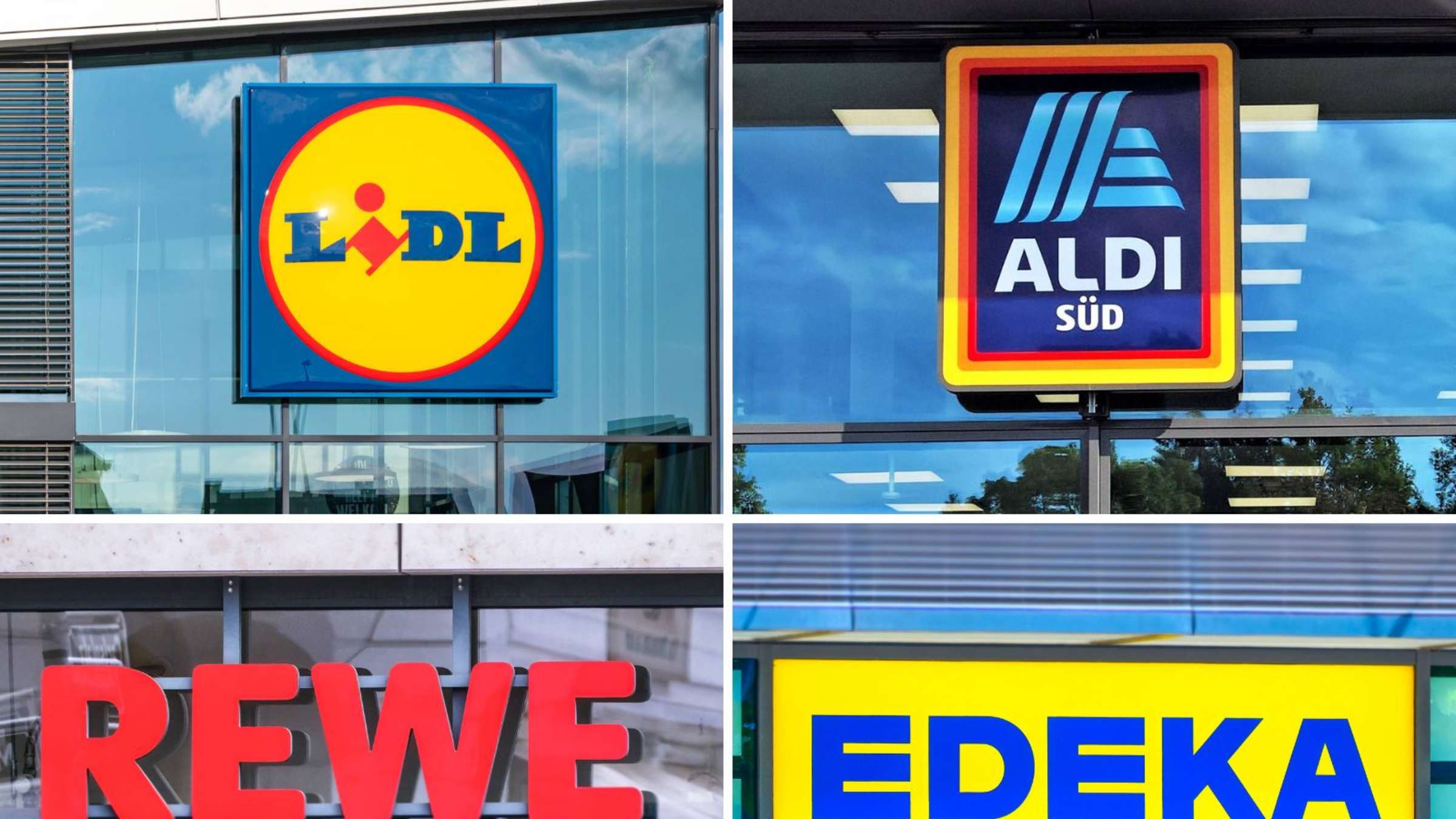Case Study on How Supermarkets Like Rewe and Lidl Operate from Nearby Areas and Drive Profit in Germany

Germany is home to some of Europe’s most efficient and competitive supermarket chains. Among the standouts are Rewe and Lidl, both of which have mastered the art of operating from strategically located nearby areas while maintaining high profitability. But what exactly makes their model so successful?
In this case study, we’ll explore how Rewe and Lidl:
- Choose locations and manage logistics
- Control operating costs
- Use technology and local supply chains
- Meet evolving customer expectations
- Ultimately generate strong profit margins
The German Retail Landscape
Germany’s grocery market is known for its price sensitivity, high customer expectations, and intense competition. Supermarkets must balance quality, convenience, and affordability in every neighborhood they serve.
Rewe operates under a more traditional supermarket model with a focus on variety, freshness, and customer experience.
Lidl, a discount chain under the Schwarz Group, emphasizes minimalism, bulk-buying efficiency, and sharp pricing.
Despite different strategies, both players benefit from a “nearby operations” model—a hyperlocal approach to supply, delivery, and retail.
Local Distribution and Logistics Hubs
Rewe and Lidl rely heavily on regional logistics centers located strategically near urban and suburban zones. This proximity reduces transportation costs, shortens lead times, and enables just-in-time delivery of perishable goods.
Key Features:
- Rewe’s decentralized model allows franchise partners to order stock based on local needs, which is quickly fulfilled by regional centers.
- Lidl’s centralized procurement ships stock in bulk to local warehouses for rapid shelf restocking—optimized for low-cost, high-volume turnover.
Their ability to serve stores daily or multiple times a week ensures high freshness while keeping inventory lean.
Smaller Footprints, Greater Density
Unlike sprawling hypermarkets, both Rewe and Lidl focus on smaller-format stores that are densely located within cities and towns. This model allows:
- Faster customer access (within walking distance in most cities)
- Lower rent in non-premium zones
- Higher foot traffic and daily repeat visits
- Community-based brand recognition
For example, it’s not uncommon to find 2–3 Lidl stores within a 5 km radius in urban areas.
Smart Cost Control
Both companies are relentless about managing operational costs:
Rewe:
- Leverages private label products (Ja!, Rewe Beste Wahl) for better margins
- Employs data-driven inventory planning to reduce waste
- Offers self-service checkout to reduce staffing costs during peak hours
Lidl:
- Streamlined product range—fewer SKUs mean simpler supply chains
- Minimal store decor and utility-driven design reduce overheads
- Cross-trained employees do stocking, cashiering, and cleaning—enhancing labor efficiency
Their business models focus on doing more with less, allowing for profitability even in high-rent or low-margin areas.
Digital Integration and E-commerce Growth
Both Rewe and Lidl are investing in digital transformation:
- Rewe’s online grocery delivery and “click & collect” services are gaining traction, especially in urban areas.
- Lidl’s app-based loyalty programs and limited online assortment cater to price-conscious, mobile-savvy users.
Behind the scenes, these companies use AI and analytics to forecast demand, manage supplier contracts, and reduce operational bottlenecks.
Sustainability and Local Sourcing
Environmental awareness plays a growing role in profitability. Rewe and Lidl focus on:
- Partnering with local farms and producers to cut transport costs and meet “regional” label demand
- Reducing plastic packaging and introducing reusable options
- Installing solar panels and energy-efficient cooling in stores and warehouses
These steps resonate with Germany’s eco-conscious consumers and attract government incentives—supporting both brand value and the bottom line.
Profitability Metrics and Competitive Advantage
Lidl:
- Operates with razor-thin margins per item but high volumes, yielding significant net profits
- Fast inventory turnover ensures limited waste and strong cash flow
Rewe:
- Balances premium offerings with private labels
- Benefits from franchise-driven cost sharing and revenue optimization
Both chains have shown year-on-year growth in revenue and maintain a lean cost structure that supports long-term profitability—even in times of inflation or supply chain strain.
Conclusion: Lessons from the Field
Rewe and Lidl demonstrate that success in grocery retail doesn’t require massive stores or expensive branding. Instead, their nearby operational model, built on logistics precision, local relevance, and cost control, is what drives results.
By focusing on:
- Strategic store locations
- Efficient last-mile delivery
- Smart labor allocation
- Technological integration
- Sustainable sourcing
They’ve built business models that work across Germany—and are now expanding across Europe and beyond.
For entrepreneurs, analysts, and retail professionals, this case study is a masterclass in profitable proximity.